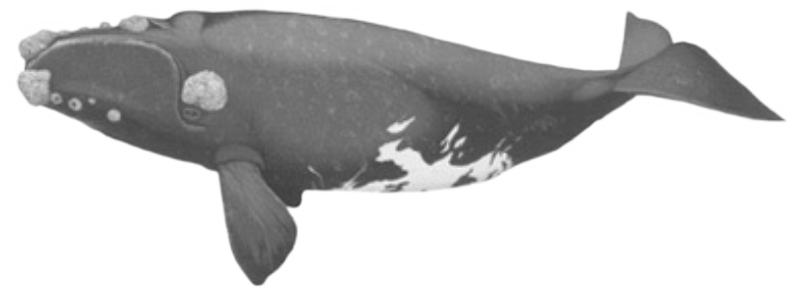Whales at Head of Bight
- Best time of year to see whales is between May and October
- At the height of the season (July/August), over 100 whales can be in the area at one time
- Whales at Head of Bight take up ‘residence’ for the entire 5 month winter period
- Head of Bight is recognised as a calving ground & nursery of international significance for the species
- 2% of Southern Right Whales born at Head of Bight are white and turn grey instead of the usual black
- You are guaranteed to see a whale from June to August
- In June 2014 an aerial scan counted 169 Southern Right Whales, 2 Humpback Whales, a couple of Great White Sharks and lots of Dolphins
- In 2012 55 calves were born at Head of Bight. Of those 55 calves four of them were white
- 1000 whales have been recorded in the Head of Bight region
- Some whales have been observed returning to Head of Bight since 1991
Types of Whales
Whilst Southern Right Whales breed and calf at Head of Bight, there may be the special occasion where you witness Humpback Whales passing by.

The Southern Right Whales
So called by commercial whalers because they were the “right” prey. From 1820 to 1850 alone 26,000 Southern Right Whales were killed through whaling in Australian and New Zealand waters. The Southern Right Whale numbers are slowly increasing although they are still far below 26,000.
Late in summer the whales begin to leave their feeding grounds in the sub-Antarctic and migrate north to warmer waters. The journey is long and the whales will cover thousands of kilometres in a single trip. Each year between May and November the Head of Bight is transformed into a marine nursery as the waters come alive with the activity of the visiting whales and their calves.
Whales gradually enter the nursery waters of the Bight in early June, where those that are pregnant give birth. Daily life for the mother and new born calf revolves around periods of nursing, rest, play and travel.
Mothers and calves tend to spend more time at the Head of Bight than lone whales which tend to leave and return over the season.
Around one third of the total Southern Right Whales now seen in Australian coastal waters have been born in the sandy bays of the Great Australian Bight.
| Southern Right Whale Facts: | |
|---|---|
| Length Adults: | 14m to 18m |
| Length Calves: | 5m to 6m at birth |
| Weight Adults: | up to 80 tonnes |
| Weight Calves: | 1 to 1.5 tonnes at birth |
| Gestation: | 11 to 12 months |
| Weaning age: | 11 to 12 months |
| Calving interval: | Generally 3 years |
| Physical maturity Age: | unknown; |
| Sexual maturity Age: | 9 to 10 years |
| Length: | 12m to 13m |
| Mating season: | July to August |
| Calving season: | June to August |
| Cruising speed: | 3km/hr |
| Blow pattern: | V-shaped bushy blow, up to 5m |
| Protected: | Since 1935 |

Humpback Whales
From June to August the Australian humpback whales migrate towards their tropical calving grounds. As they pass the South Australian coast they can sometimes been seen in the distance, making their voyage to Western Australia.
The humpback whale (Megaptera novaeangliae) is the fifth largest whale. Their scientific name comes from the Greek word ‘mega’ meaning ‘great’ and ‘pteron’ meaning ‘a wing’, because of their large front flippers that can reach a length of 5 metres which is about one-third of their entire body length. They are named humpbacks because of the distinct ‘hump’ that shows as the whale arches its back when it dives.
| Humpback Whale Facts: | |
|---|---|
| Length Adults: | 14m to 18m |
| Length Calves: | 4m to 5m at birth |
| Weight Adults: | up to 50 tonnes |
| Weight Calves: | 2 tonnes at birth |
| Gestation: | 11 to 11.5 months |
| Weaning age: | up to 11 months |
| Calving interval: | 2 to 3 years |
| Physical maturity Age: | 12 to 15 years |
| Sexual maturity Age: | 4 to 10 years |
| Mating season: | June to October |
| Calving season: | June to October |
| Cruising speed: | 8km/hr |
| Blow pattern: | Small and bushy, up to 4m |
| Protected: | Since 1965 |

